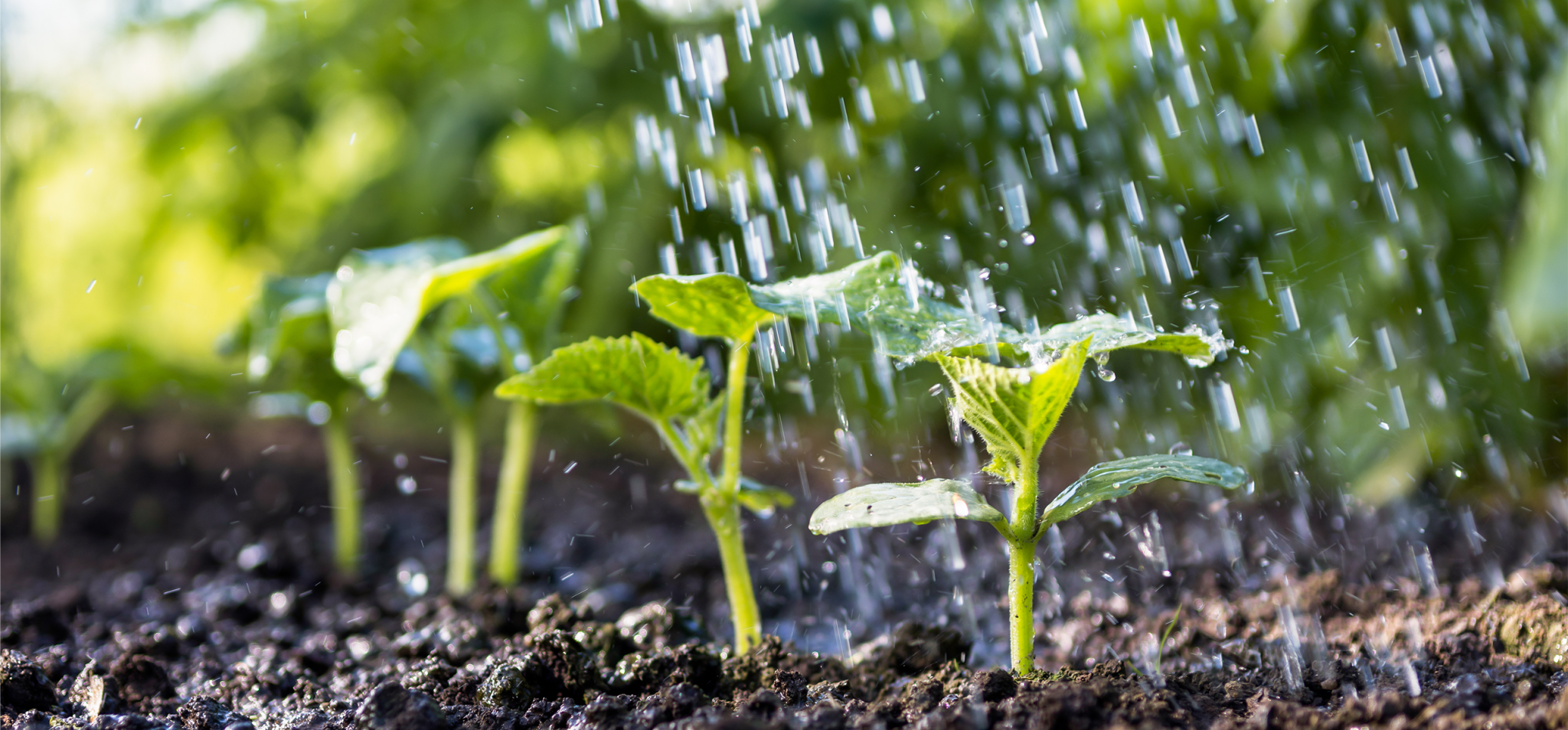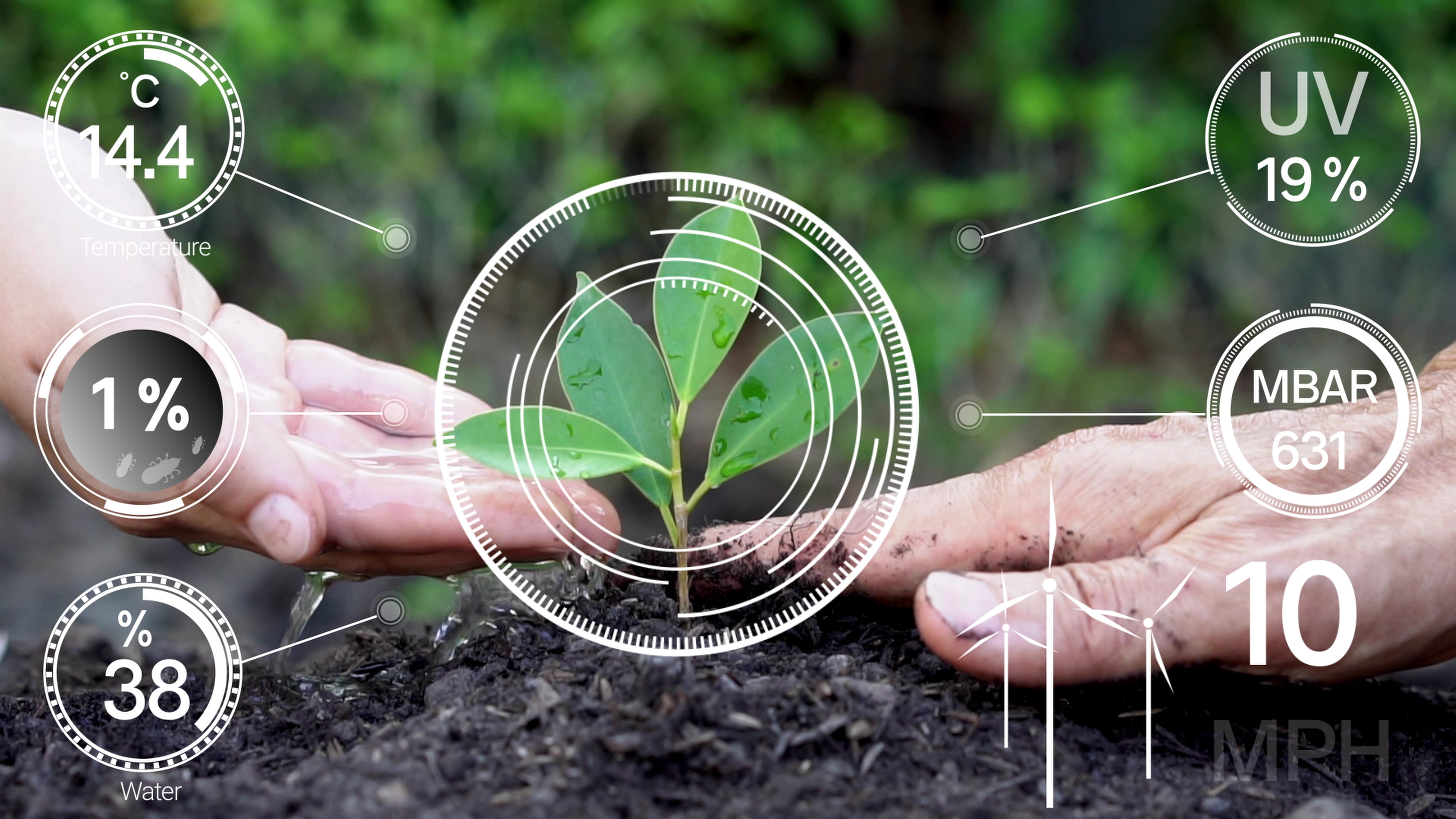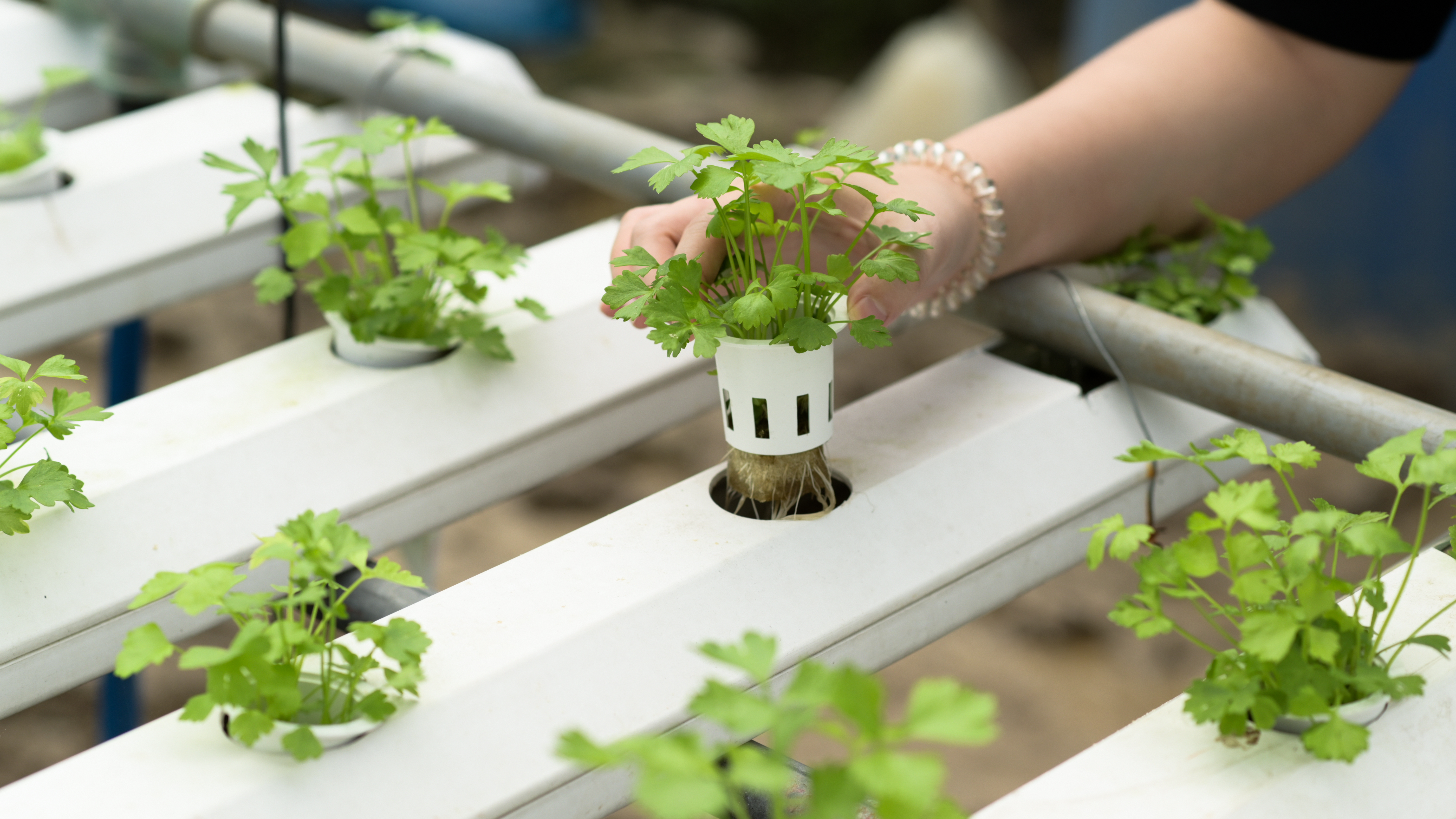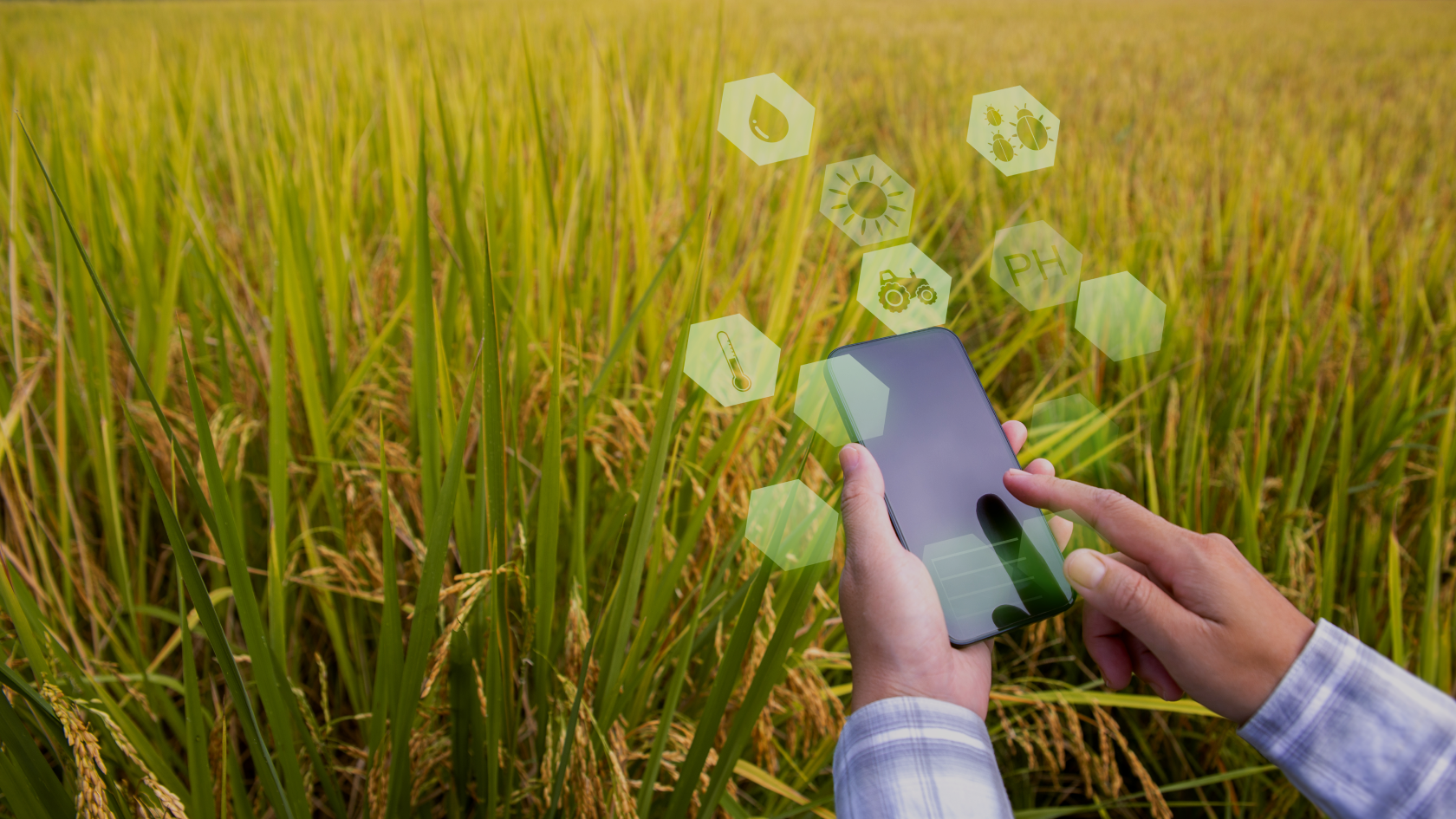Tulima Farms is an Egyptian company that produces precision hydroponic agriculture in controlled environment greenhouses. The start-up, founded in 2020, plans to officially launch in a few months. Their main growing facility Tulima Tahrir consists of 24,000 sqm of polycarbonate-covered greenhouses. This entire space is split into 32 independently controllable compartments where all variables can be set. In addition, they have two urban farming units, which amount to a total of 24 sqm.

To overcome the high fertilizer and transport costs, the company uses i-Plant Nutrition software. “The i-Plant Nutrition app was developed by farmers who knew the struggle of providing nutrition to the plants and wanted to find a risk-free solution for when harvest comes around. As mentioned, i-Plant Nutrition software is available on any internet-connected device, browser, app store, or play store, making it very accessible. Besides, it is a mirror copy of our desktop software, with all the features loaded into the app at no additional cost.”

The i-Plant Nutrition app is unique firstly because it was developed by farmers who know the struggle of providing nutrition to the plants and wanted to find a risk-free solution for when harvest comes around. As mentioned, i-Plant Nutrition software is available on any internet-connected device, browser, app store, or play store, making it very accessible. It has already been distributed to customers in over 72 countries and counting.

“As growers, we use this tool to manage our plant’s nutritional requirements by means of fertilizer and irrigation recipes and associated hardware. It is also a record-keeping tool, allowing us to make more informed buying and budgeting decisions based on historical data.” The software supports agronomists by giving them software that increases efficiency and reliability in their operations and calculations, enabling them to remotely do recipes in-field on smart devices, in real-time, and precisely.

The software currently consists of over 215 crop varieties as per their phenological stages. An internal team of software developers aims to constantly enhance the software with a more user-friendly interface and a richer database in collaboration with the in-house team of plant scientists and agronomists. “A few of our greenhouse customers grow crops such as tomatoes, strawberries, lettuce, raspberry, blueberry & Squash. In many cases, greenhouses growers approach us with crops which we only then take the project of doing the appropriate research and include them in our software database. And all these features either in the palm of their hands, in a single platform, or on your desktop,” says Johnatan Kol-Bar, CEO of i-Plant Nutrition.
“i-Plant Nutrition is extremely helpful in its ability to simplify highly advanced agronomic knowledge (namely fertigation and nutrition management) into a simple interface. This has been instrumental in our ability to correctly fertilize our plants. Through the software, we can pick the variety of crops we’re growing, pick the age of the plant, and IPNUK will recommend a recipe. Allowing us to manually adjust means that we can tailor it to our needs exactly. In addition, since the software allows us to also input the fertilizers we have locally in the country and advises on how to mix them to achieve the recipe, it has made our lives significantly easier since we can mix different local fertilizers to achieve exactly the results we require, without having a need to import fertilizers from abroad,” says Seif Salama with Tulima Farms. “And all these features either in the palm of our hands, in a single platform, or on our desktop.”





